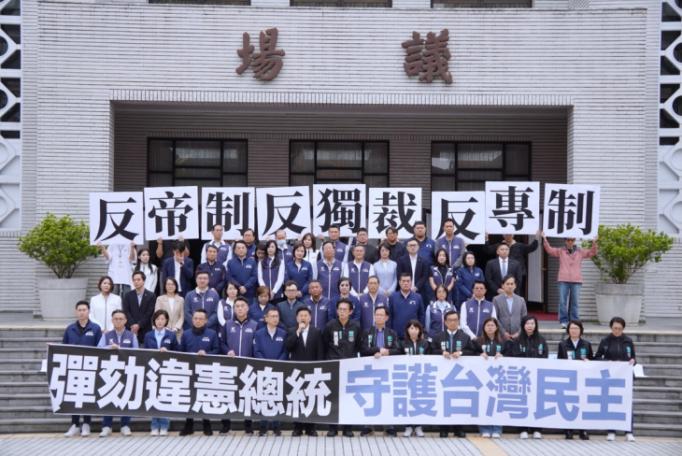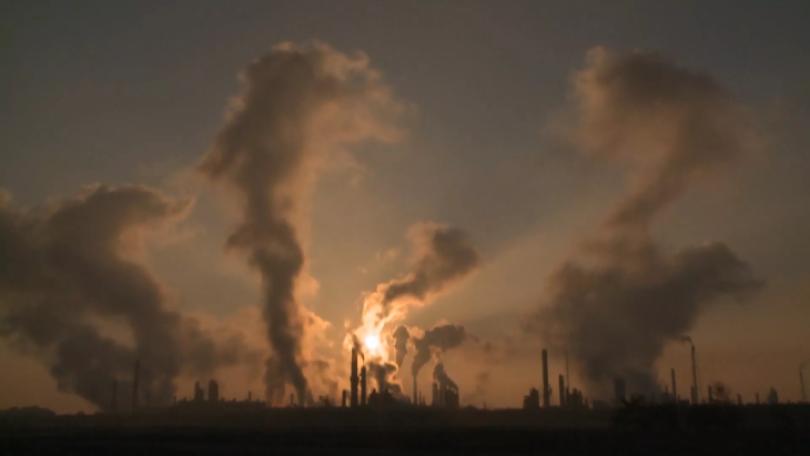Landslide Occurred Despite 'No Obvious Instability' 國道1號C級邊坡崩塌 交長裁示擴大監測
A landslide occurred along National Freeway No. 1 on Nov. 1. This section is currently classified as a category "C" slope by the Freeway Bureau, which means there is no obvious instability. The bureau said the weather contributed to the landslide, and this time only the shoulder was affected.
A landslide occurred along a section of National Freeway No. 1 on Nov. 1. This slope was placed under "special patrol" just a few weeks earlier on Oct. 18 after the area experienced torrential rain. Technicians conducted on-site inspections but didn't find any obvious issues or instability. There are 28 monitors installed on the slope and the readings have all been within standards this year. However, a landslide still occurred.
Lee Kun-tse, Legislator (DPP): “The conclusion from the special patrol and related monitoring was that the category "C" slope had no problems. However, this kind of situation still occurred, and it's worrying for people.”
Hung Meng-kai, Legislator (KMT): “It looks like our early warning system is really ineffective in providing early warnings against landslides.”
Jaw Shing-hau, Director-General, Freeway Bureau: “I'd like to inform the legislator that our protection for "C" slopes is to prevent situations like this landslide that occurred at the 3.1K mark from happening. (Hung Meng-kai, Legislator (KMT): “To prevent situations like what happened 12 years ago?”) This time, only the outermost section was affected.”
Freeway Bureau data show that none of the 2,500 or so slopes along national freeways are classified as "A" or "B," which means "unstable slope." Around 77 percent of the slopes are considered stable. The other 23 percent are classified as "C," which means they don't have any obvious instability and monitoring systems have been installed on all of them. The Nov. 1 landslide occurred at a slope classified as "C" and "without any obvious instability." However, the slopes are prone to landslides after heavy rain. Transportation and Communications Minister Wang Kwo-tsai says the ministry may conduct comprehensive inspections to respond to extreme weather and expand monitoring.
Wang Kwo-tsai, Transportation and Communications Minister: “The monitoring range of the entire slope may need to be expanded. For example, there may also need to be monitoring on the top edge of downward slopes. This incident was unexpected, but we need to conduct comprehensive inspections.”
Wang said the monitoring takes place at the bottom of slopes, and it may be necessary to expand the monitoring range to include the top if a slope's water intake area is large.
民代調出資料,發現國道4號發生崩落意外的邊坡,10月18日才因當地降雨達豪雨等級進行特別巡查作業,技師現場勘查後,沒有發現明顯缺失或不穩定,而該處邊坡設置的28支監測儀器,今年數值也都在標準內,卻仍然發生意外。
民進黨立委李昆澤說道:「特別巡查跟相關的監測都表示,C級邊坡是沒有問題的,但是他還是發生了這樣的狀況,這讓民眾擔憂。」
國民黨立委洪孟楷表示:「看起來這次的走山事件,我們的預警系統沒有辦法,達到真正預警的效果。」
高公局長趙興華回應:「跟委員報告,基本上我們的邊坡保護,C級的部分,我們是說不會讓它發生到像3.1K那個走山的那種狀態,(國民黨立委洪孟楷:「不會像12年前那個狀態?」)所以它這部分的影響,只到那個外側的部分。」
根據高公局監測資料顯示,全國道目前2千多處邊坡都沒有A級或B級的不穩定邊坡,其中超過7成5都是穩定邊坡,另外23%是屬於沒有明顯不穩定的C級邊坡,都有加裝監測儀器。這次發生意外的,就屬於沒有明顯不穩定C級,但是位在順向坡,下雨容易滑落。交通部長王國材認為,因應極端天氣,可以來全面檢視,對於這類邊坡,是否要再擴大監測範圍?
交通部長王國材指出:「整個邊坡的偵測範圍可能要擴大,比如說在順向坡的上緣,可能也要做一些偵測,這次算是很突發的狀況,但是我們必須也要澈底檢討。」
王國材表示,過去是在邊坡下緣偵測,但是若邊坡進水區很大,就要考慮將偵測範圍擴大,順向坡上緣也要偵測。







